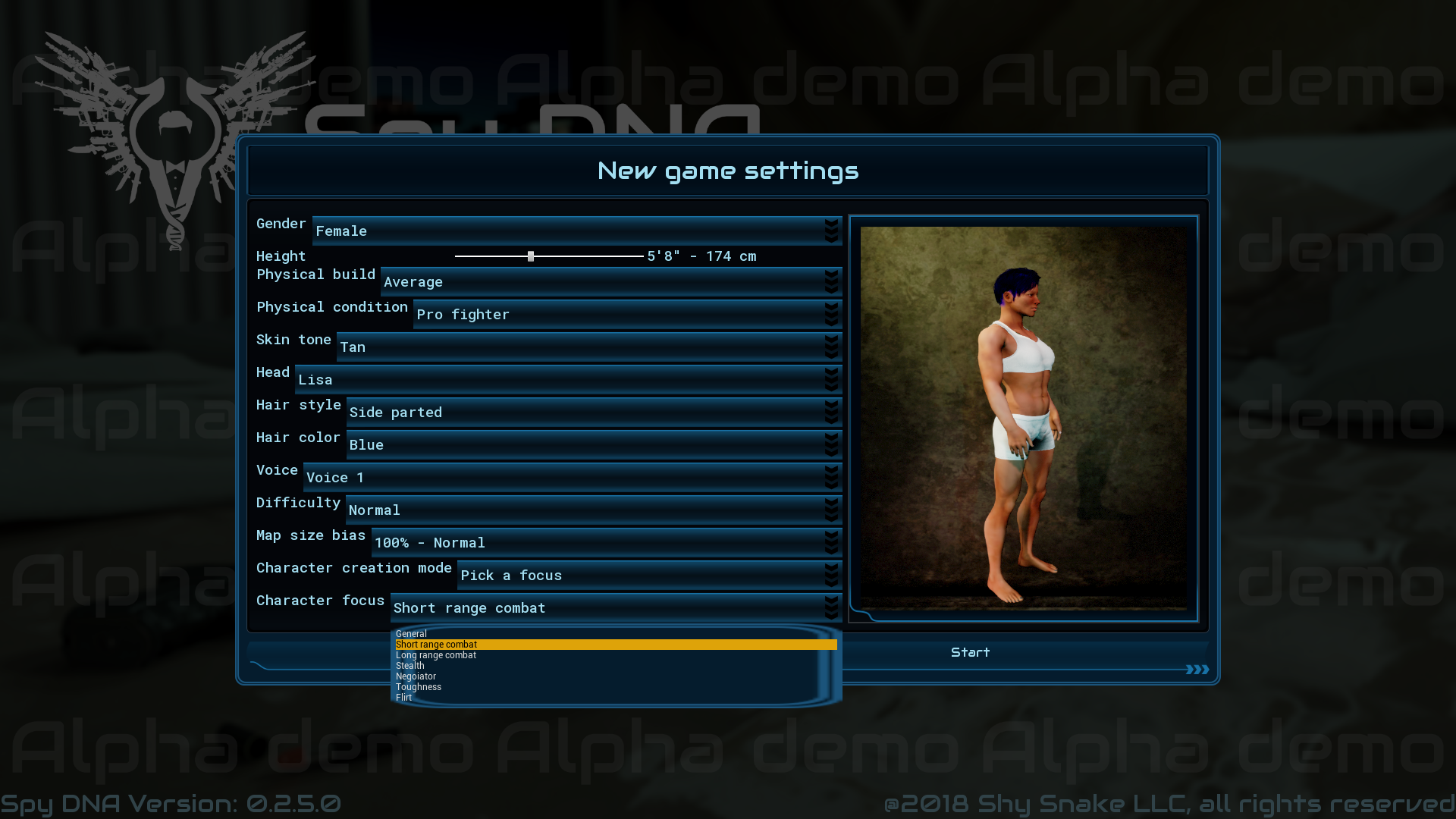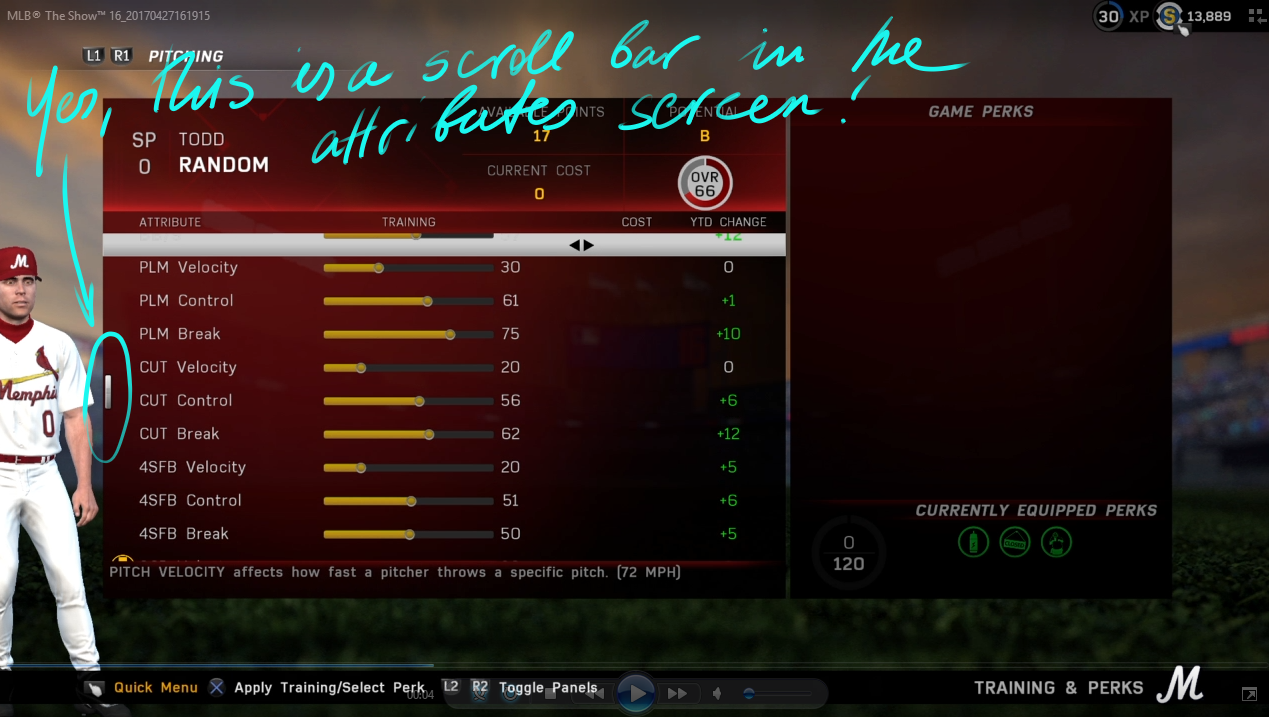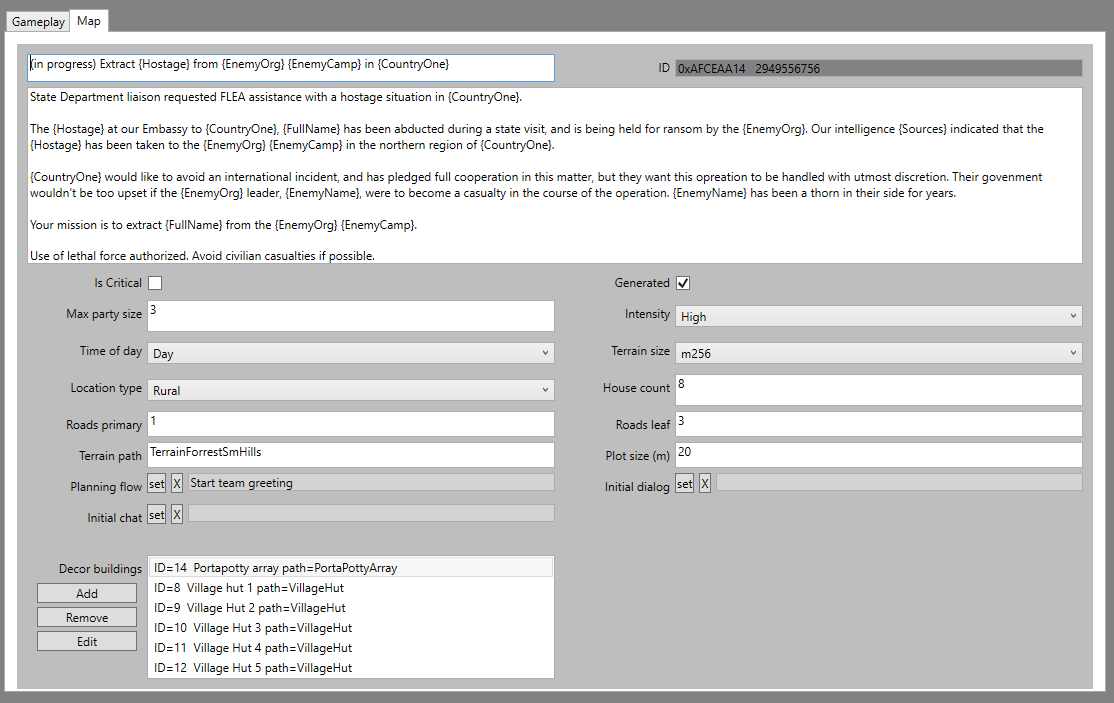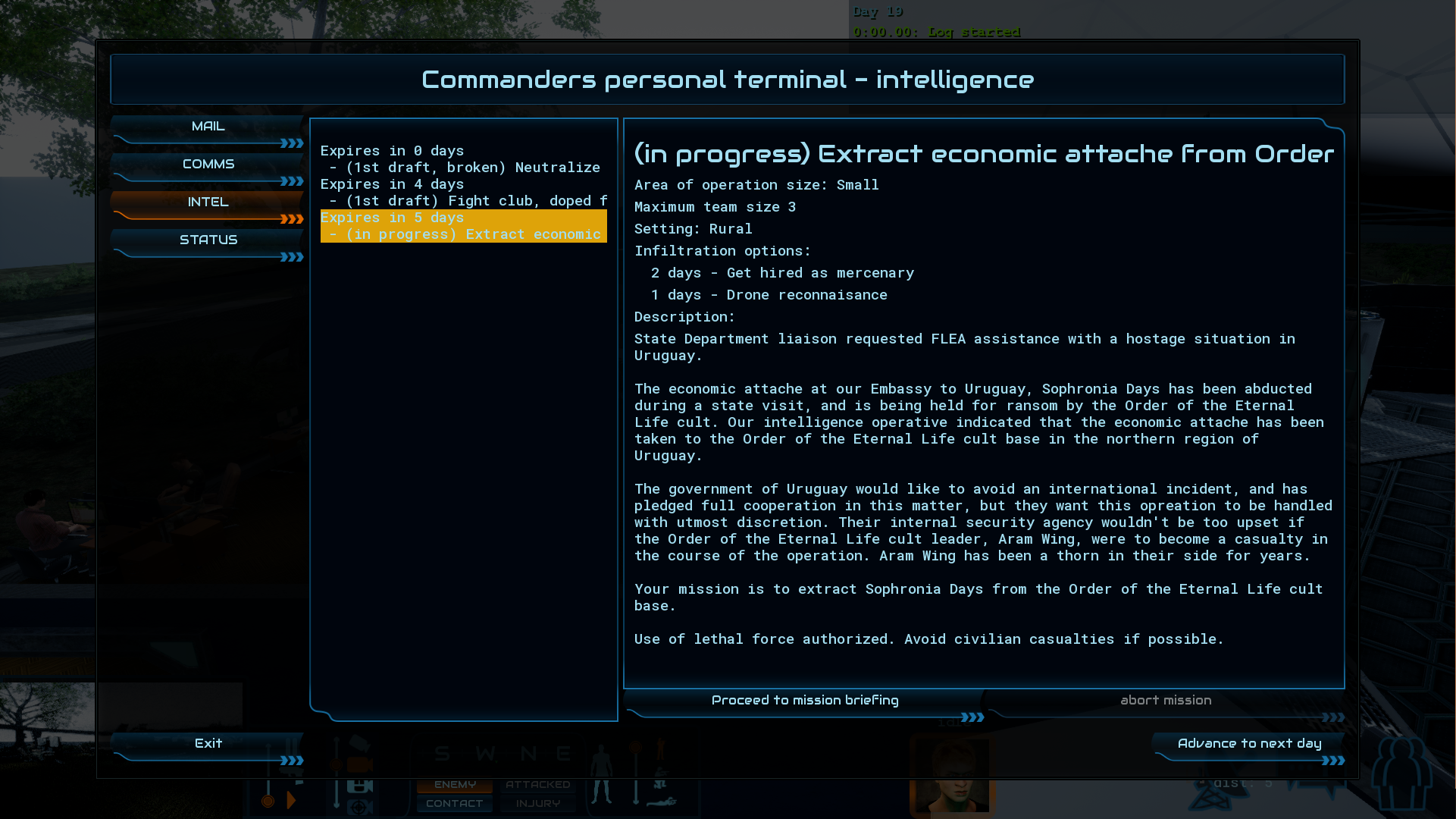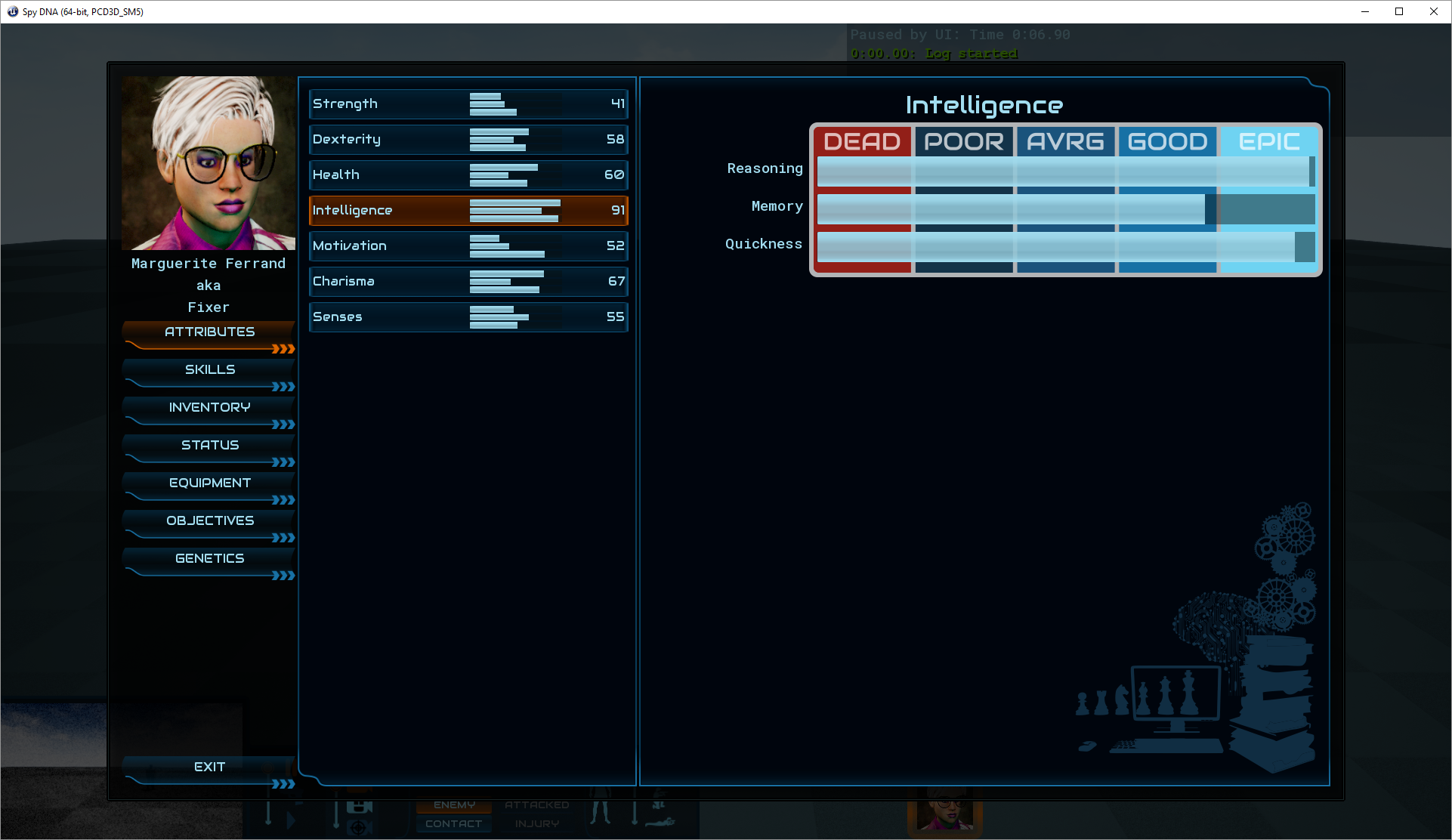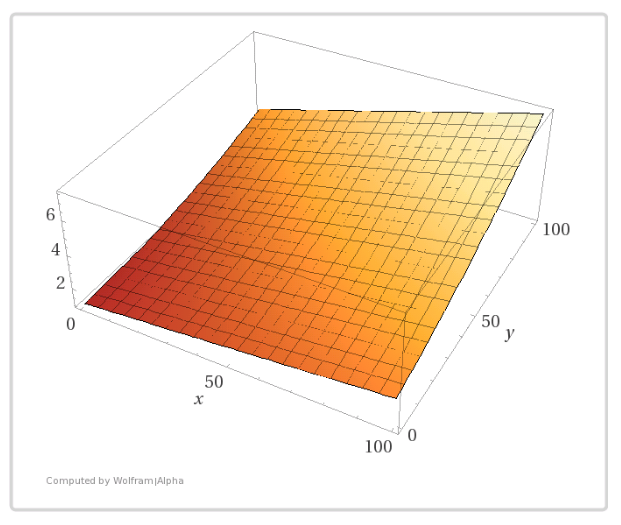By Jason Sams, Shy Snake Lead Developer
Let’s talk about that all-important part of an RPG, creating your character. Last month I wrote a post about complexity in games. Character creation process in any RPG is usually the first thing the player does, which affects every aspect of the player’s experience afterward.
In order to get to the character creation, you need to go to a job interview with Dr. Crotalus
This presents some unique challenges to a game creator, or even a DM/GM.
First, you’re asking a player to design the character they want to play, having no knowledge about how your game works. For most people this means taking a guess, playing a bit, and potentially starting over.
Second, the choices made during character creation are typically permanent, and affect gameplay for the full playthrough of the game.
As a GM for a pen-and-paper game this was particularly difficult. The players would make their characters, and usually 3 sessions in, we’d be tweaking them, as players realized that the characters they wanted to play weren’t what they actually created.
So as an experiment, I had everyone make two characters. One was created the traditional way, rolling dice and allocating stats and skills on a character sheet. To create the other character, I gave everyone a list of 23 questions to answer for me before the game. Then I made characters for the players based on their answers, using my knowledge of the game world and rules.
The players could freely pick which character they wanted to use for each mission, given they were alive and well enough to go. You’d expect that the players would favor the characters they made for themselves, but instead they played the characters made by me, the GM, about 80% of the time, only breaking out the other character for special situations. Why?
As a GM you have more knowledge of what lies ahead for the players, what they will need, and typically how the system works. There is much less guessing. So as long as you know what kind of character the player wants to play, you’ve got a much better chance of creating one that will work well for the game.
Based on this experience, we wanted to replicate this character creation process in Spy DNA.
At first, we created a set of 21 questions with about 3 answers each, and then used that to configure the characters. And it was terrible. There simply wasn’t enough detail in the resulting playable character.
So we went back to the drawing board and came up with a new design pattern for the questions that was more suitable to a computer game, i.e. it didn’t require a human to read between the lines in the player’s answers.
Now in Spy DNA the character creation consists of three groups of questions:
1: Self: How you think of your character.
2: Favorite mission: What kinds of missions you prefer.
3: Approach: How do accomplish your goals.
Within each group we now start with a high-level question, and follow up with a refining question depending on the previous choice.
You can make your own character by answering a questionnaire
Under this model, you will see roughly 17 questions as part of character creation. However, there are more than 80 questions in the questionnaire, so any single pass will only see a small part of the whole. At last count, there are more than 230 answers to choose from during the creation process, each with a different effect on your character.
To test whether this system actually works as intended, I have been asking people to think of a character they want to make, then try using the questionnaire to create it. Afterward, we look at how close the resulting character is to what the player intended, and the results have been vastly better than with the old 23-question system.
It being us, we used this opportunity to take things a bit farther. As you go through the character creation questionnaire, we record the choices you make. Those become part of your character’s persona. They will influence how other characters react to you in-game. As an example:
Q: Which type of mission are you the most comfortable with?
1: Assassinations: Neutralize a single target using a variety of means.
2: Counter-terrorism: Aggressive combat tactics designed to neutralize a group of enemies before they can do harm.
3: Breaking and entering: Quietly break into buildings, avoiding detection
4: Asset manipulation: Recruiting and convincing assets to work for you.
You can see how this may both influence the type of missions your team were to receive along with how some characters, including those in your party, may respond to you.
You can select a pre-configured character to play
The character creation system in Spy DNA is designed to help players create a character they will enjoy playing, but you don’t have to use if if you don’t want to. In addition to the questionnaire, you will also have an option to play a pre-made character, or use the traditional system where you can directly assign the points (probably not included in Early Access).



